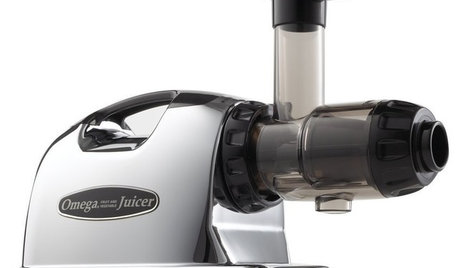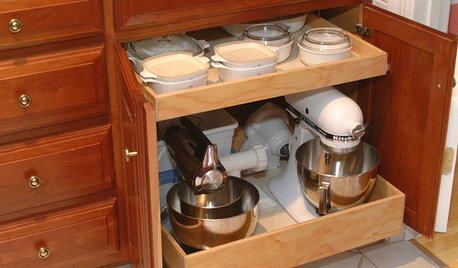Confused about lemon juice, processing time for applesauce
ckknh
16 years ago
Featured Answer
Sort by:Oldest
Comments (33)
ksrogers
16 years agoRelated Professionals
Horsham Landscape Architects & Landscape Designers · San Juan Landscape Architects & Landscape Designers · Surprise Landscape Contractors · Bedford Landscape Contractors · Doctor Phillips Landscape Contractors · Gresham Landscape Contractors · Mastic Beach Landscape Contractors · Placerville Landscape Contractors · Wickliffe Landscape Contractors · York Landscape Contractors · Stamford Roofing & Gutters · California Roofing & Gutters · La Jolla Roofing & Gutters · Hayward Driveway Installation & Maintenance · Riverside Driveway Installation & Maintenancesteve03234
16 years agockknh
16 years agodigdirt2
16 years agoksrogers
16 years agomellyofthesouth
16 years agoLinda_Lou
16 years agoksrogers
16 years agodigdirt2
16 years agokayskats
16 years agomellyofthesouth
16 years agockknh
16 years agokayskats
16 years agoLinda_Lou
16 years agoLinda_Lou
16 years agodigdirt2
16 years agoreadinglady
16 years agokayskats
16 years agoreadinglady
16 years agokayskats
16 years agockknh
16 years agokayskats
16 years agockknh
16 years agokayskats
16 years agokayskats
16 years agoshirleywny5
16 years agokayskats
13 years agotappahannock
10 years agoreadinglady
10 years agodigdirt2
10 years agodigdirt2
10 years agotappahannock
10 years ago
Related Stories

PRODUCT PICKSGuest Picks: Get Juicing
Stay hydrated and healthy with these tools and accessories for juicing fruits and vegetables right at home
Full Story
EDIBLE GARDENSWhy Grow Quince? For Beauty, Fragrance and Old-Time Flavor
Delightfully perfumed fruit and lovely spring blossoms make this apple and pear cousin worth a spot in the garden
Full Story
KITCHEN DESIGNStay Cool About Picking the Right Refrigerator
If all the options for refrigeration leave you hot under the collar, this guide to choosing a fridge and freezer will help you chill out
Full Story
DECORATING GUIDESWhat Does Your Inspiration Board Say About You?
Scraps pinned on a mood board may provide clues to your personality. See what your board reveals
Full Story
MOST POPULAROrganizing? Don’t Forget the Essential First Step
Simplify the process of getting your home in order by taking it one step at a time. Here’s how to get on the right path
Full Story
FARM YOUR YARDIf You Have Room for Only One Fruit Tree ...
Juice up a small garden with one of these easier-care or worth-the-effort fruit trees for a mild climate
Full Story
GARDENING GUIDESHow to Keep Your Citrus Trees Well Fed and Healthy
Ripe for some citrus fertilizer know-how? This mini guide will help your lemon, orange and grapefruit trees flourish
Full Story
FURNITURESmart Shopper: How to Buy a Mattress
Confusing options, hair-raising prices, haggling ... Our guide can keep you from losing sleep over mattress shopping
Full Story
KITCHEN APPLIANCESConsidering a New Kitchen Gadget? Read This First
Save money, time and space by learning to separate the helpers from the hassles
Full Story
CONTRACTOR TIPSBuilding Permits: 10 Critical Code Requirements for Every Project
In Part 3 of our series examining the building permit process, we highlight 10 code requirements you should never ignore
Full Story





Linda_Lou